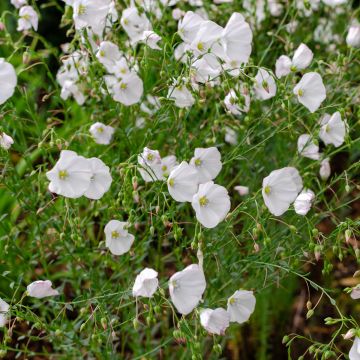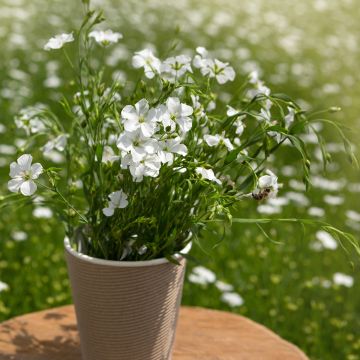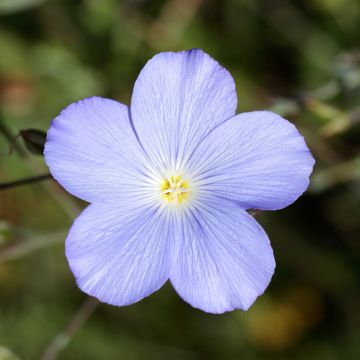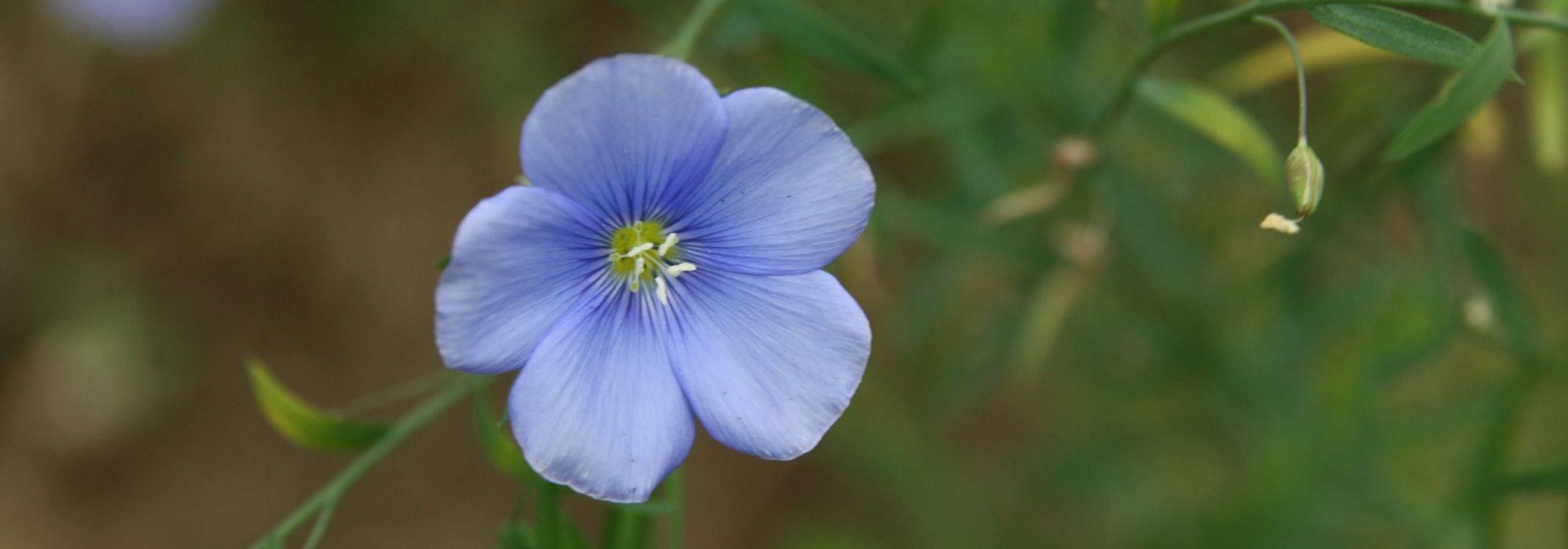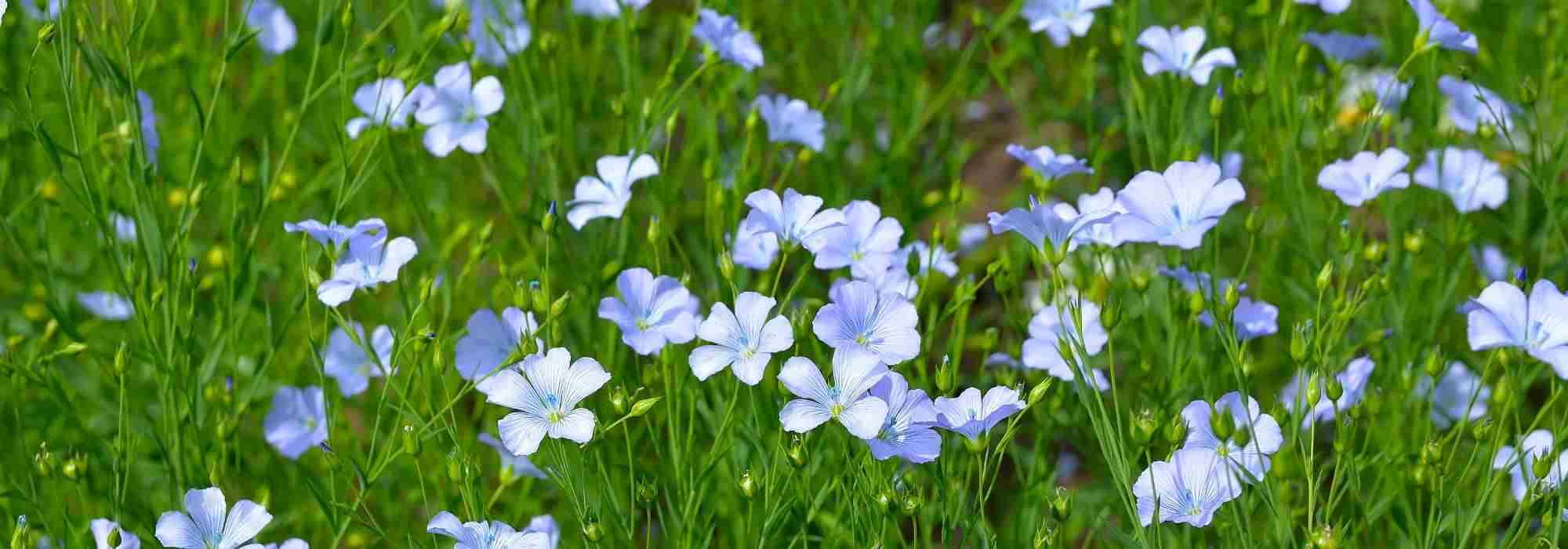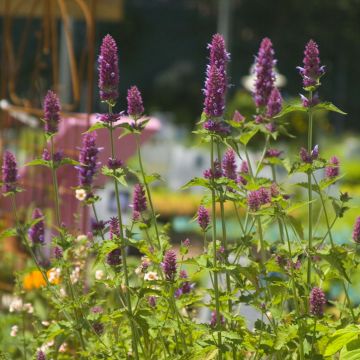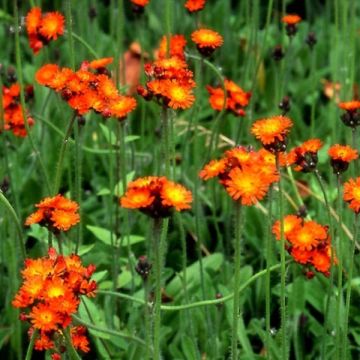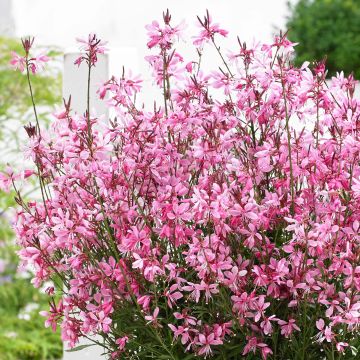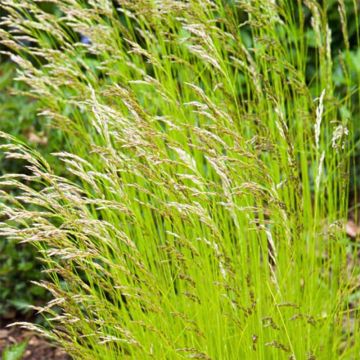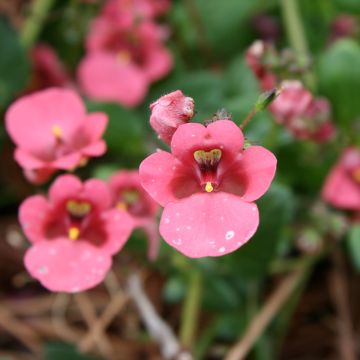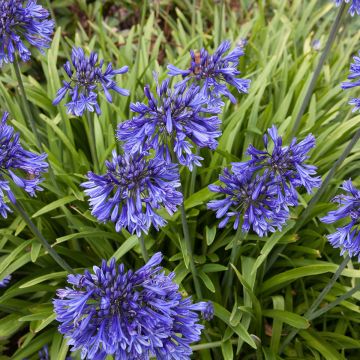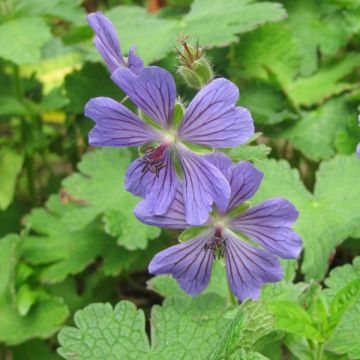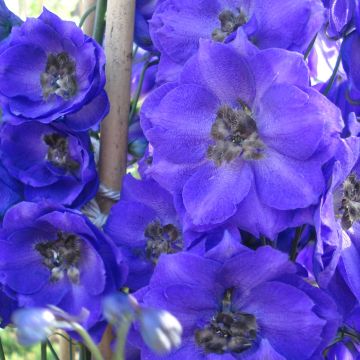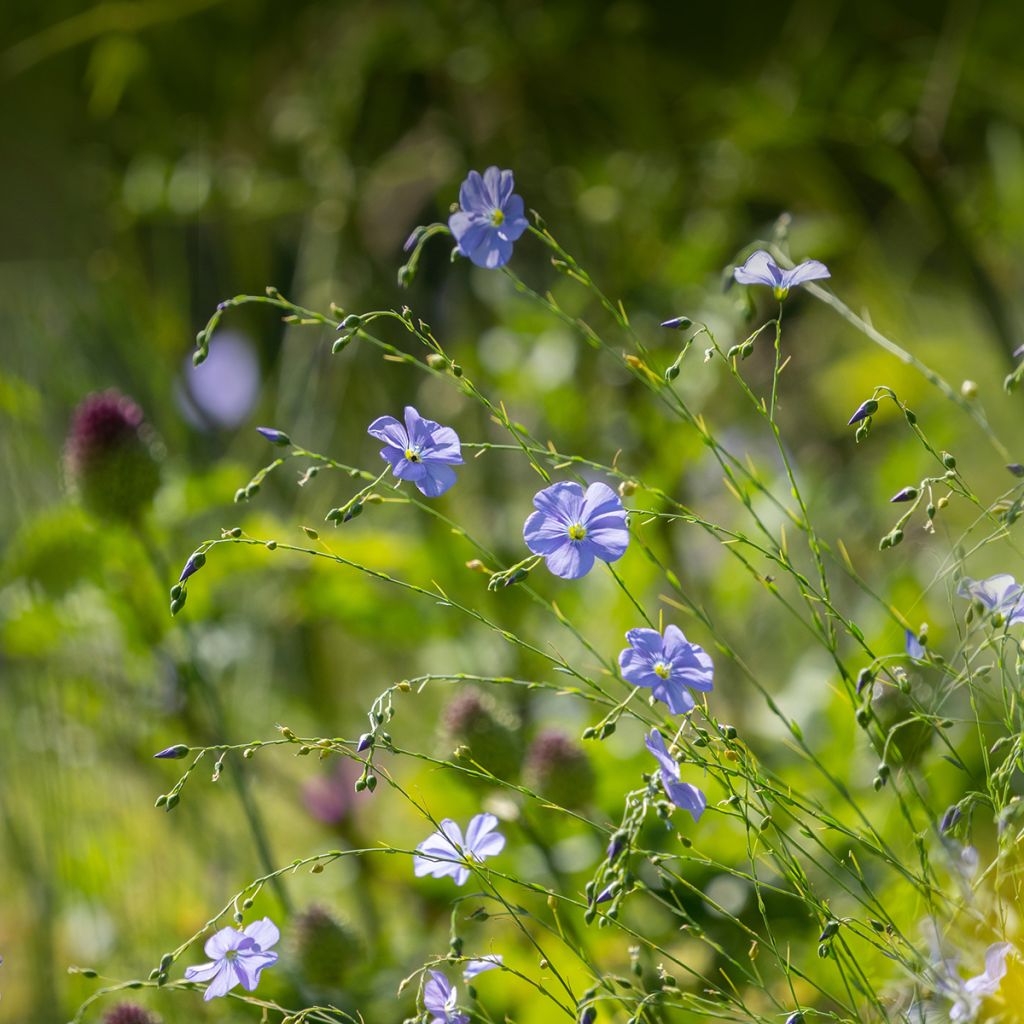

Linum perenne - Perennial Flax
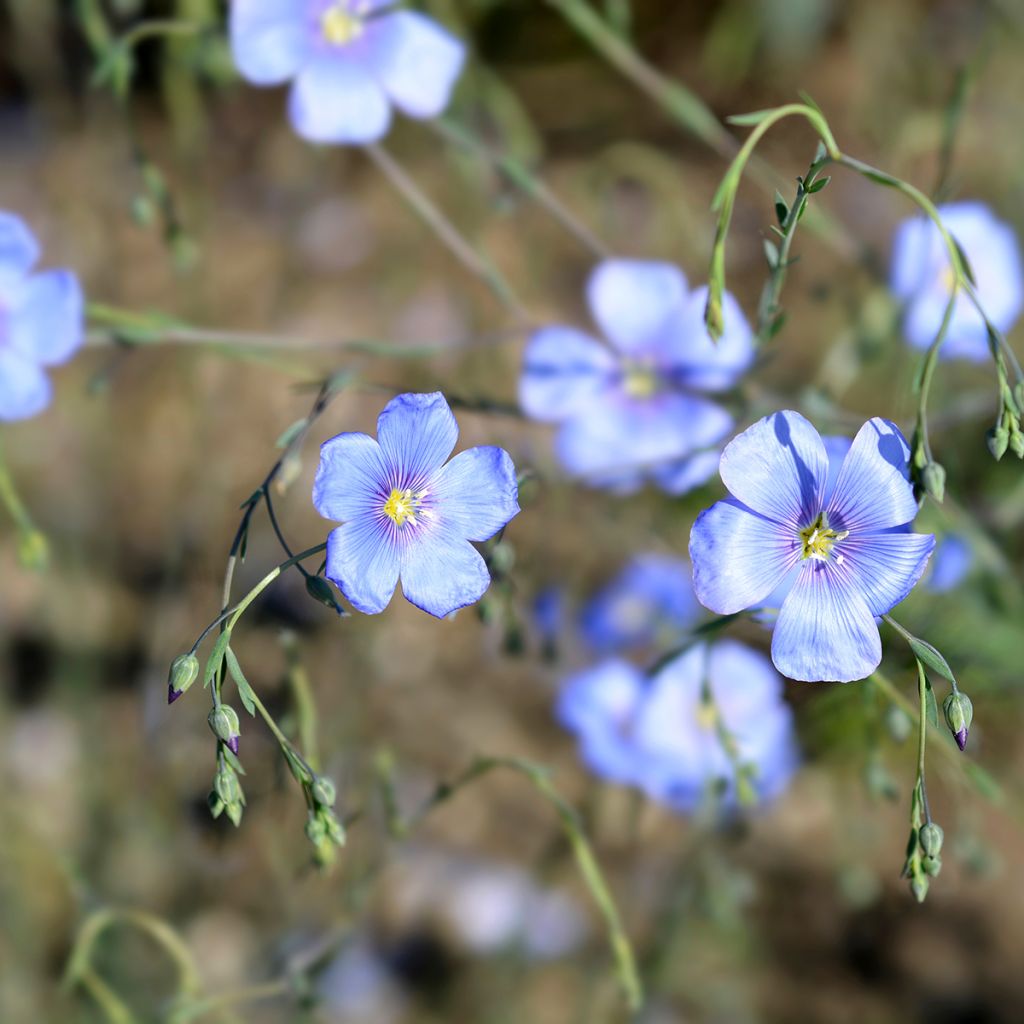

Linum perenne - Perennial Flax
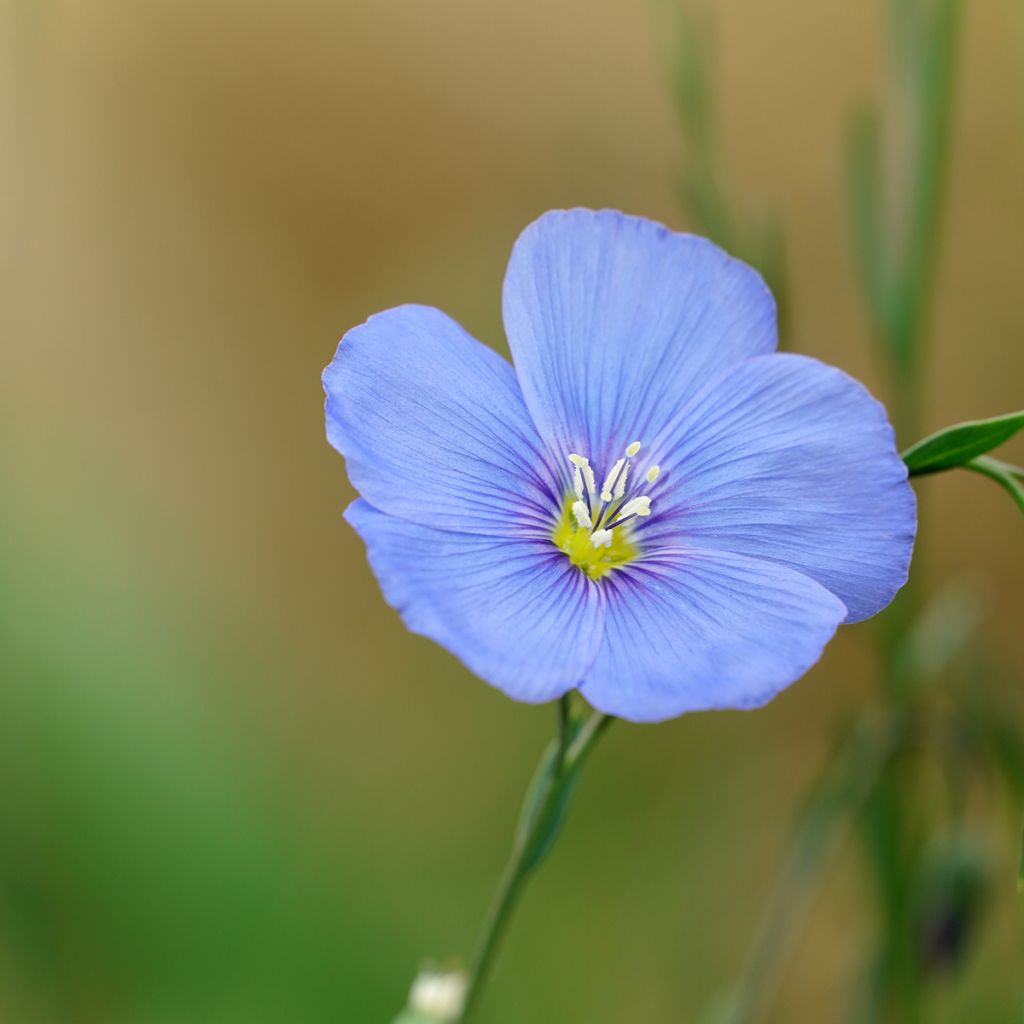

Linum perenne - Perennial Flax
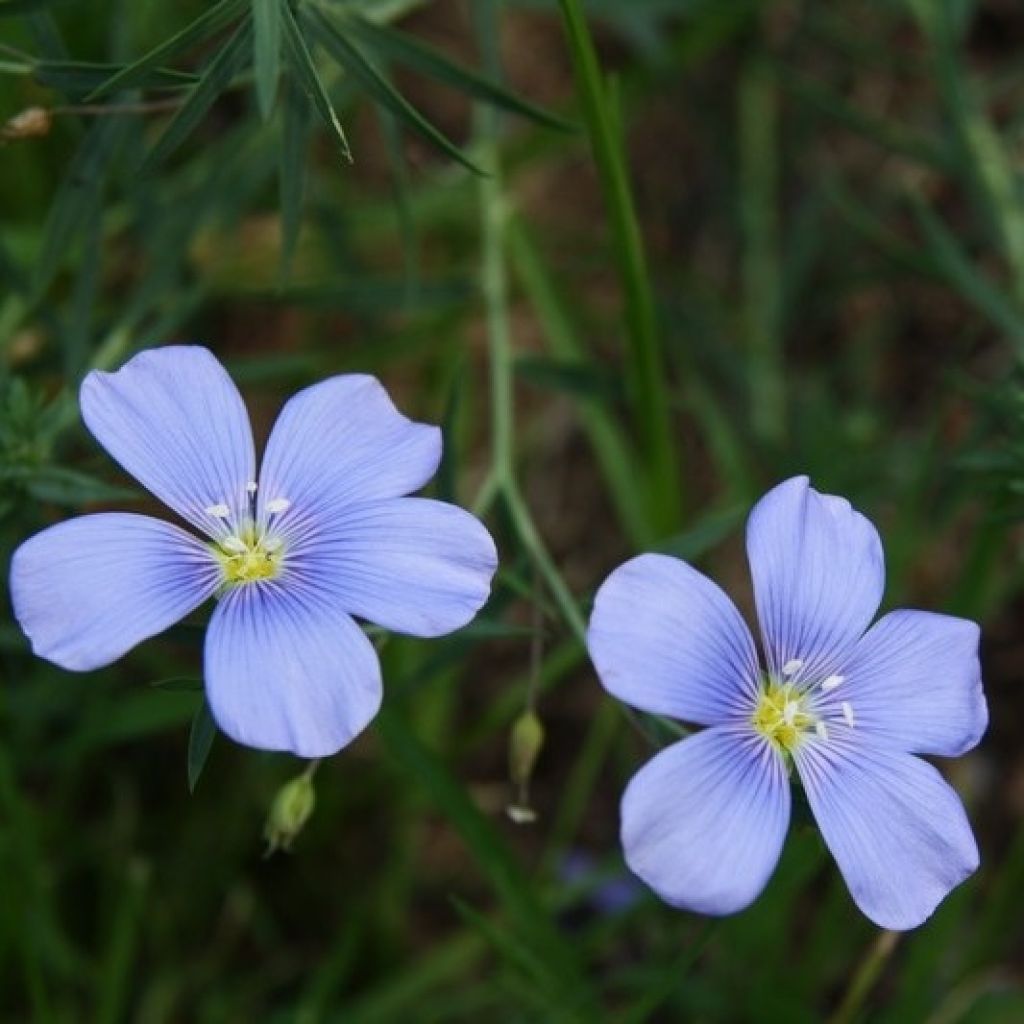

Linum perenne - Perennial Flax
Linum perenne - Perennial Flax
Linum perenne
Perennial Flax, Blue Flax, Lint Bells, Prairie flax
Satisfactory recovery
Jean Pierre, 29/09/2025
Special offer!
Receive a €20 voucher for any order over €90 (excluding delivery costs, credit notes, and plastic-free options)!
1- Add your favorite plants to your cart.
2- Once you have reached €90, confirm your order (you can even choose the delivery date!).
3- As soon as your order is shipped, you will receive an email containing your voucher code, valid for 3 months (90 days).
Your voucher is unique and can only be used once, for any order with a minimum value of €20, excluding delivery costs.
Can be combined with other current offers, non-divisible and non-refundable.
Why not try an alternative variety in stock?
View all →This plant carries a 12 months recovery warranty
More information
We guarantee the quality of our plants for a full growing cycle, and will replace at our expense any plant that fails to recover under normal climatic and planting conditions.
Does this plant fit my garden?
Set up your Plantfit profile →
Description
Linum perenne, also known as perennial blue flax, is a small and elegant plant, forming a cluster of thin and flexible stems. Its long flowering, as light as it is ephemeral, offers an abundance of small single flowers, with a satin-like light blue colour, seeming to flutter in the air. Each flower often lives no more than a day, but they tirelessly renew themselves above a very fine foliage of a slightly bluish green colour. The perennial flax appreciates the sun, light and rocky soils, even dry ones. Plant it in sunny flower beds or rockeries, it will bring a lovely rustic touch to any garden.
The blue perennial flax is a plant native to Siberia, Europe, and temperate Asia, belonging to the Linaceae family. It is a small hardy perennial plant, with a short lifespan, forming a cluster of delicate stems adorned with persistent green-blue foliage, composed of very fine leaves. When in bloom, the blue flax forms small bushy clumps, 50 cm (20in) in height and 20 cm (8in) in width. The flowering period extends, depending on the region, from May to June (in hot and dry climates) or from July to September, in the form of displays of five-petalled funnel-shaped flowers, pale blue finely veined with darker blue, with a satin-like texture. This plant, often cultivated as a biennial, self-seeds abundantly in light, sandy, or rocky soil.
Perennial flax, just like cornflowers, are unrivaled in lightening up flower beds and adding a natural touch to sophisticated scenes. They suffer from a somewhat precarious health, which often makes them disappear within a few years, but they naturalise easily. Plant perennial flax without moderation in rockeries, meadows, borders, flower beds, or light soil. In the midst of Iris germanica, the perennial flax lightens up the sword-shaped foliage, fills the space between the stems, and takes over once their flowering is finished. It also performs well in pots. Its elegance pairs well with plants with grey foliage such as Senecio cineraria, artemisias, lavenders, and Californian poppies, which require the same growing conditions. Like perennial geraniums, blue flax is a lovely companion for peonies and old-fashioned roses.
Linum perenne - Perennial Flax in pictures
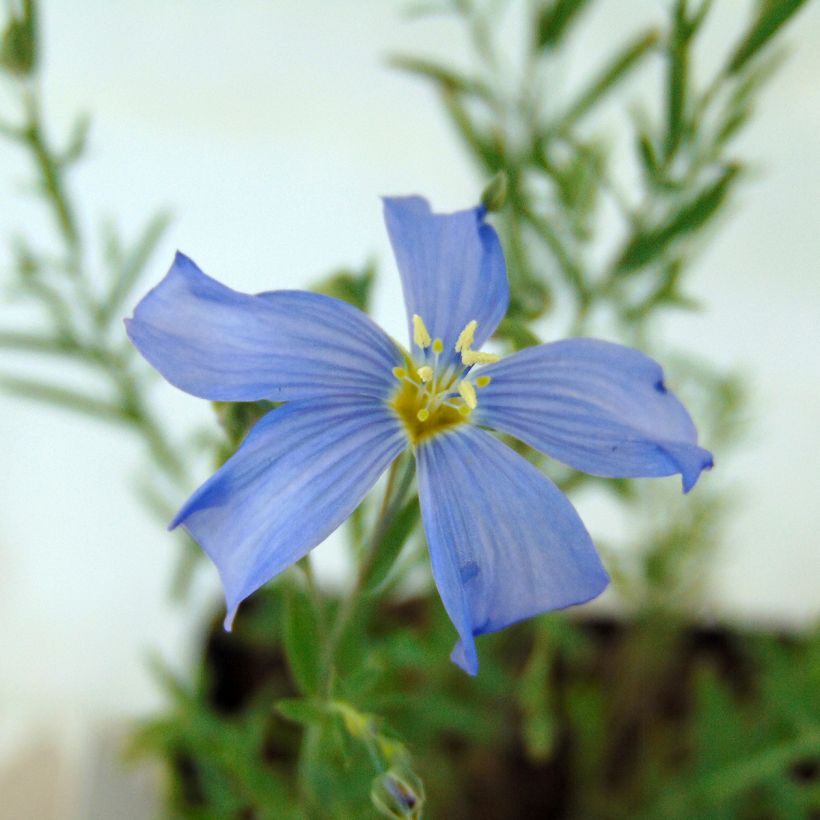

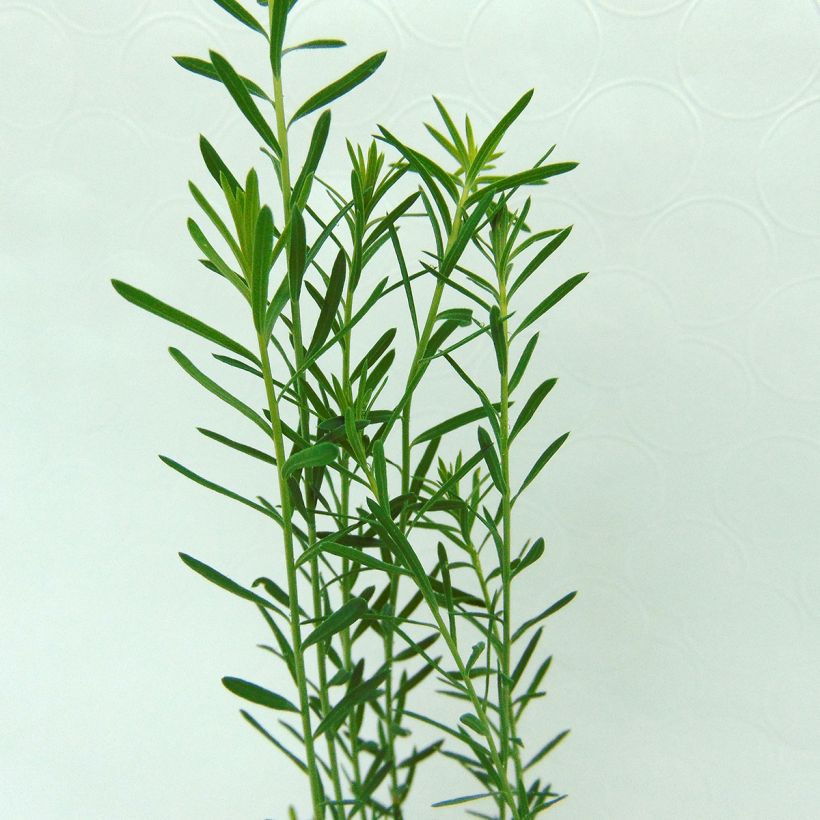

Flowering
Foliage
Plant habit
Botanical data
Linum
perenne
Linaceae
Perennial Flax, Blue Flax, Lint Bells, Prairie flax
Russia
Other Linus - Ornamental Flax
View all →Planting and care
Linum perenne thrives in the sun and in sunny positions. It tolerates sea spray. Plant it in a damp, light and well-drained soil. It is sensitive to waterlogging, which is why it is necessary to have a dry soil in winter. Heavy and wet soils are not appreciated. When planting, space the Linums 15-20 cm (6-8in) apart. For a mass effect, it is advisable to plant them in clumps of about ten plants. Cut back the clump to 10 cm (4in) from the ground at the end of flowering to promote new shoots.
Planting period
Intended location
Care
Planting & care advice
-
, onOrder confirmed
Reply from on Promesse de fleurs
Similar products
Haven't found what you were looking for?
Hardiness is the lowest winter temperature a plant can endure without suffering serious damage or even dying. However, hardiness is affected by location (a sheltered area, such as a patio), protection (winter cover) and soil type (hardiness is improved by well-drained soil).

Photo Sharing Terms & Conditions
In order to encourage gardeners to interact and share their experiences, Promesse de fleurs offers various media enabling content to be uploaded onto its Site - in particular via the ‘Photo sharing’ module.
The User agrees to refrain from:
- Posting any content that is illegal, prejudicial, insulting, racist, inciteful to hatred, revisionist, contrary to public decency, that infringes on privacy or on the privacy rights of third parties, in particular the publicity rights of persons and goods, intellectual property rights, or the right to privacy.
- Submitting content on behalf of a third party;
- Impersonate the identity of a third party and/or publish any personal information about a third party;
In general, the User undertakes to refrain from any unethical behaviour.
All Content (in particular text, comments, files, images, photos, videos, creative works, etc.), which may be subject to property or intellectual property rights, image or other private rights, shall remain the property of the User, subject to the limited rights granted by the terms of the licence granted by Promesse de fleurs as stated below. Users are at liberty to publish or not to publish such Content on the Site, notably via the ‘Photo Sharing’ facility, and accept that this Content shall be made public and freely accessible, notably on the Internet.
Users further acknowledge, undertake to have ,and guarantee that they hold all necessary rights and permissions to publish such material on the Site, in particular with regard to the legislation in force pertaining to any privacy, property, intellectual property, image, or contractual rights, or rights of any other nature. By publishing such Content on the Site, Users acknowledge accepting full liability as publishers of the Content within the meaning of the law, and grant Promesse de fleurs, free of charge, an inclusive, worldwide licence for the said Content for the entire duration of its publication, including all reproduction, representation, up/downloading, displaying, performing, transmission, and storage rights.
Users also grant permission for their name to be linked to the Content and accept that this link may not always be made available.
By engaging in posting material, Users consent to their Content becoming automatically accessible on the Internet, in particular on other sites and/or blogs and/or web pages of the Promesse de fleurs site, including in particular social pages and the Promesse de fleurs catalogue.
Users may secure the removal of entrusted content free of charge by issuing a simple request via our contact form.
The flowering period indicated on our website applies to countries and regions located in USDA zone 8 (France, the United Kingdom, Ireland, the Netherlands, etc.)
It will vary according to where you live:
- In zones 9 to 10 (Italy, Spain, Greece, etc.), flowering will occur about 2 to 4 weeks earlier.
- In zones 6 to 7 (Germany, Poland, Slovenia, and lower mountainous regions), flowering will be delayed by 2 to 3 weeks.
- In zone 5 (Central Europe, Scandinavia), blooming will be delayed by 3 to 5 weeks.
In temperate climates, pruning of spring-flowering shrubs (forsythia, spireas, etc.) should be done just after flowering.
Pruning of summer-flowering shrubs (Indian Lilac, Perovskia, etc.) can be done in winter or spring.
In cold regions as well as with frost-sensitive plants, avoid pruning too early when severe frosts may still occur.
The planting period indicated on our website applies to countries and regions located in USDA zone 8 (France, United Kingdom, Ireland, Netherlands).
It will vary according to where you live:
- In Mediterranean zones (Marseille, Madrid, Milan, etc.), autumn and winter are the best planting periods.
- In continental zones (Strasbourg, Munich, Vienna, etc.), delay planting by 2 to 3 weeks in spring and bring it forward by 2 to 4 weeks in autumn.
- In mountainous regions (the Alps, Pyrenees, Carpathians, etc.), it is best to plant in late spring (May-June) or late summer (August-September).
The harvesting period indicated on our website applies to countries and regions in USDA zone 8 (France, England, Ireland, the Netherlands).
In colder areas (Scandinavia, Poland, Austria...) fruit and vegetable harvests are likely to be delayed by 3-4 weeks.
In warmer areas (Italy, Spain, Greece, etc.), harvesting will probably take place earlier, depending on weather conditions.
The sowing periods indicated on our website apply to countries and regions within USDA Zone 8 (France, UK, Ireland, Netherlands).
In colder areas (Scandinavia, Poland, Austria...), delay any outdoor sowing by 3-4 weeks, or sow under glass.
In warmer climes (Italy, Spain, Greece, etc.), bring outdoor sowing forward by a few weeks.






























